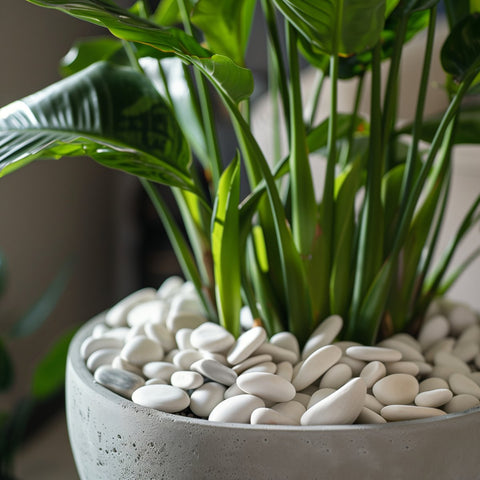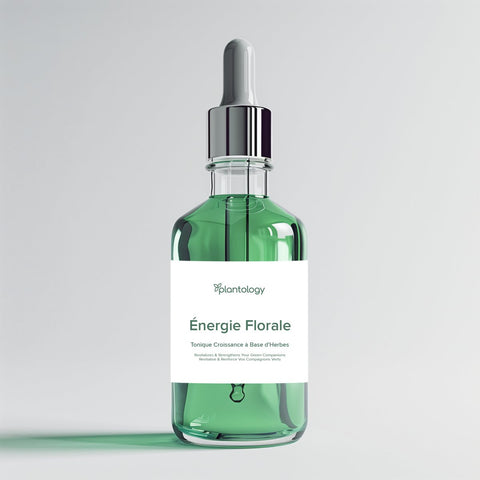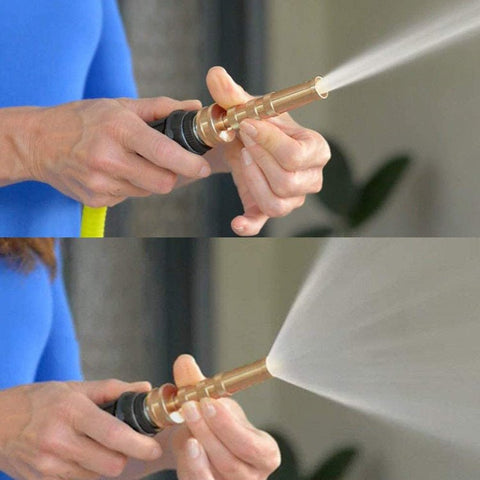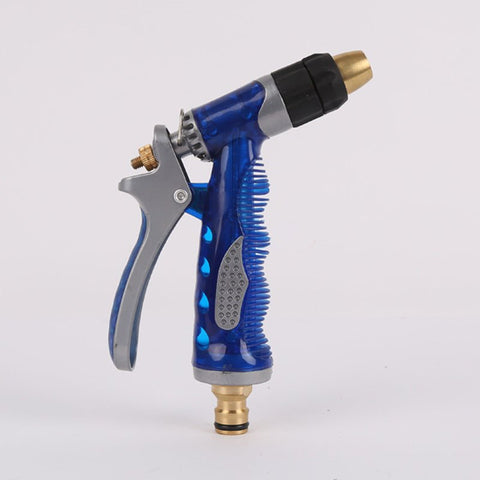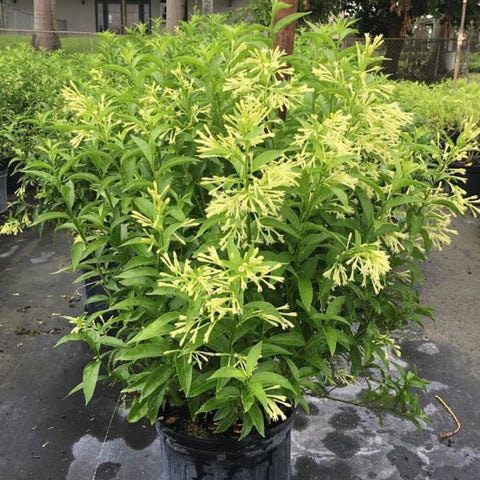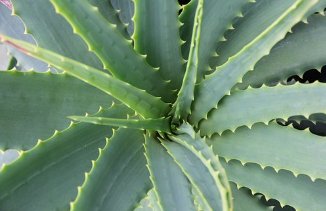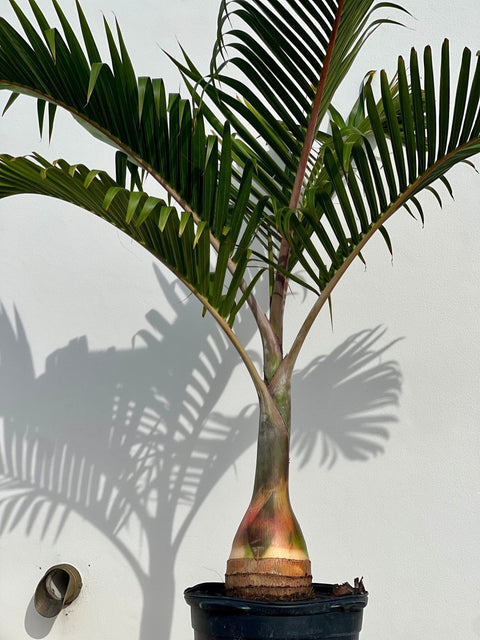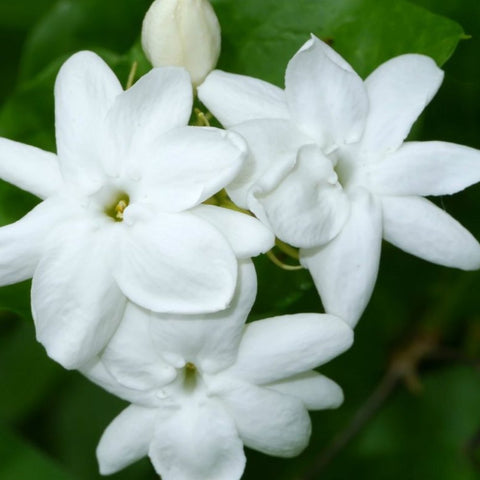Scindapsus Silver Satin HB: A Stunning Addition to Your Garden
Scindapsus Silver Satin HB, also known as Scindapsus pictus 'Argyraeus,' is a beautiful tropical plant that can add a touch of elegance to any garden. With its trailing vines and silver-green foliage, this Scindapsus variety is a popular choice for both indoor and outdoor spaces. Here's everything you need to know about growing and caring for Scindapsus Silver Satin HB.
How to Grow
Scindapsus Silver Satin HB thrives in well-draining soil and is suitable for both indoor and outdoor environments. It prefers bright, indirect light but can tolerate some shade. Allow the soil to dry out between waterings, as overwatering can lead to root rot. Fertilize the plant occasionally during the growing season to promote healthy growth.
Care Tips
To keep your Scindapsus Silver Satin HB healthy, prune as needed to control its size and shape. Clean the leaves regularly to remove dust and enhance the plant's appearance. This Scindapsus variety is relatively low-maintenance but benefits from occasional feeding with a balanced fertilizer. Protect the plant from extreme temperatures and drafts.
Uses
Scindapsus Silver Satin HB is a versatile plant suitable for both indoor and outdoor settings. Its trailing vines make it an excellent choice for hanging baskets or as a trailing accent in garden beds. The common name "Silver Satin" reflects its attractive silver-green foliage, adding a touch of sophistication to any space.
Planting Tips
When planting Scindapsus Silver Satin HB, use well-draining potting mix for containers or ensure the garden soil has good drainage. Place the plant in bright, indirect light. Water thoroughly after planting and adjust watering frequency based on environmental conditions. Prune as needed to maintain the desired shape.
Maintenance
To keep your Scindapsus Silver Satin HB thriving, maintain a consistent watering schedule and provide occasional feeding. Prune as needed to control the plant's size and remove any yellow or damaged leaves. Clean the leaves regularly to enhance the plant's overall appearance. Shield the plant from extreme temperatures and drafts for optimal care.
Frequently asked questions
Looking for a cost-effective houseplant that adds a touch of elegance to your indoor space? Scindapsus Silver Satin HB, also known as Scindapsus pictus Argyraeus, is a fantastic choice. This stunning plant features heart-shaped leaves with silver variegation, making it a popular choice for plant enthusiasts looking to spruce up their homes without breaking the bank. One of the main reasons why Scindapsus Silver Satin HB is a cost-effective choice is its easy maintenance. This plant is known for its resilience and ability to thrive in a variety of indoor conditions, making it perfect for beginners or those with a busy schedule. With minimal care requirements, such as regular watering and indirect sunlight, this plant can easily flourish without the need for expensive fertilizers or special treatments. Additionally, Scindapsus Silver Satin HB is a fast grower, meaning youll get more bang for your buck as it quickly fills out and adds a lush, green touch to your space. You can easily propagate this plant by taking cuttings and rooting them in water, allowing you to expand your collection without spending extra money on new plants. In conclusion, Scindapsus Silver Satin HB is a cost-effective choice for those looking to add a touch of beauty to their indoor space without breaking the bank. With its easy maintenance, fast growth, and ability to thrive in various conditions, this plant is a budget-friendly option that will bring joy and greenery to your home.
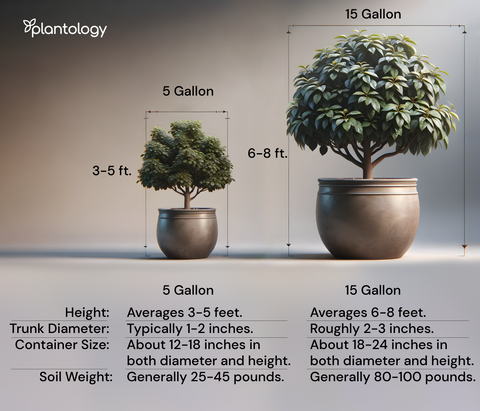
Free Shipping Over $150
Only $12 flat rate on orders under $150
Healthy Arrival Guarantee
Plants arrive healthy or we replace them free







